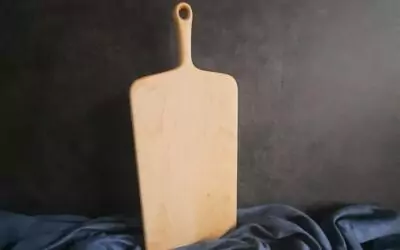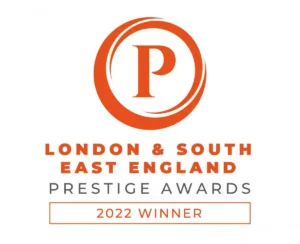
What Are The Best Wooden Chopping Boards?
Wooden chopping boards and how do they compare? Well, the difference between end-grain wooden chopping boards and edge-grain wooden chopping boards can really make or break your food preparation in the kitchen. More importantly, the wood used to make it.
Wood is an excellent choice for a chopping board and is superior for most purposes compared to anything else on the market. The edge of your knife is extremely thin and prone to damage if it gets pressed up against anything too hard, such as glass. However, wooden chopping boards have just the right amount of resistance for knife-edge retention. Making it the go-to chopping board for many chefs and cooking connoisseurs.
Why Handmade Wooden Chopping Boards?
Wooden chopping boards come in two types. The ‘edge grain’ board and the ‘end grain’ board. Most people consider end-grain chopping boards to be the superior choice. The fibres in an end grain board are perpendicular to the cutting surface. So, this allows the fibres to easily absorb the impact of the knife. This helps to prevent the edge of the blade from slipping, denting or chipping. Ultimately preserving the sharpness of the knife blade. Any cuts to the surface of the board soon appear to heal up when wiped down with a clean damp cloth. This is due to the grain swelling a little to repair itself.
High-quality wooden chopping boards, whether they be the end or edge grain boards, are all made with food-grade glue and finished with non-toxic oils.
One of the most convincing arguments in why to choose handmade wooden chopping boards is that the wood possesses antimicrobial properties. In reality, this means that bacteria is drawn into the wood through capillary action. This means that once inside the wood, the bacteria cannot reproduce and as a result, dies. Cool huh!?
End Grain V’s Edge Grain Wooden Chopping Boards
There are two types of edge-grain chopping boards. There are chopping boards made from a single piece of wood and those that are made from several pieces bonded together. Both types of edge grain boards will likely be cheaper than an end grain board because of the time involved in making them.
An end grain chopping board has a grain that is perpendicular to the surface of the wooden chopping board. The variety of designs that can be made is limitless. A real woodworker’s dream and I for one cannot wait to make my first end grain chopping board. Usually considered to be the premium choice among cooks and knife connoisseurs. An end grain board has been proven to show better longevity against knives than an edge grain chopping board.
The work involved in making an end grain chopping board and the quality of the wood means they are the more desirable choice among cooking professionals. Generally made from thick hardwood, highly stable, and durable and can be resurfaced if needed.
Edge grain chopping boards are made with wood fibres parallel to the cutting surface. These cutting boards are also kind to your knives. However, they do not share as many benefits as end-grain chopping boards. Yet, it can offer a beautiful and contemporary look and feel to the kitchen.
How To Look After Your Wooden Chopping Boards
All wooden chopping boards need a small amount of love and attention to keep them looking good and working well. The right level of care will very much depend on the type of board that you settle on.
If you decide on an end grain board. The surface is more porous than an edge grain board and will need oiling more frequently. Whatever the board, it will require care to provide longevity and stay looking at its best… and they should definitely not be chucked in the dishwasher. Ever!
Check out our eco friendly wooden chopping boards. They are a fabulous choice if you are looking for handmade wooden wedding gifts, or perhaps handmade wooden presents for your loved ones!
Prestige Award Winner 2022 & 2023
The Wooden Gem Limited – Wooden Product Specialist of The Year!

